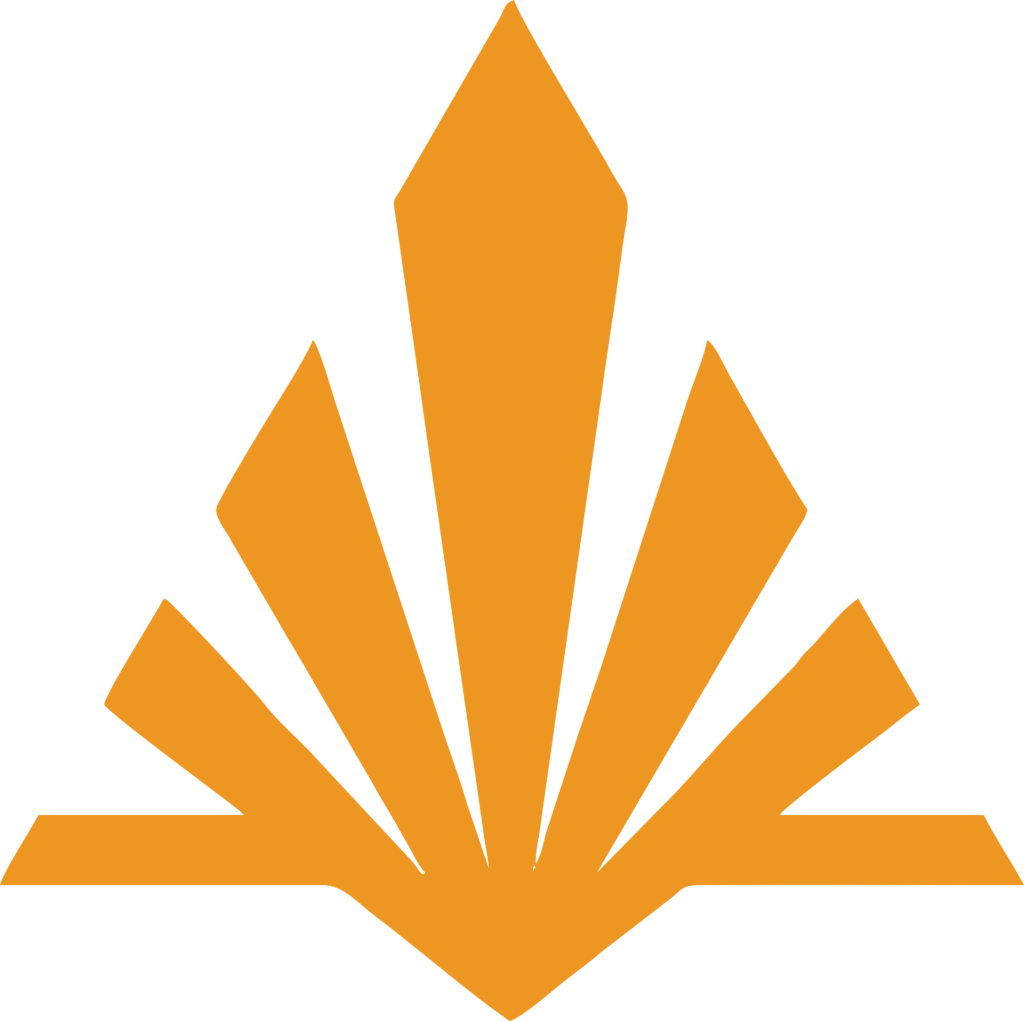Software Patent Challenges
Securing a patent for software is often complex due to the varied restrictions and a need for a universal definition for such patents. The stringent prohibition on abstract ideas complicates software patent grants in the United States. Furthermore, distinguishing software from conventional inventions, algorithms, or designs can pose challenges, as not all innovations are eligible for patent protection. Scientific theorems, mathematical algorithms, and specific techniques typically fall outside the patentable scope.
Patenting Software in India
Obtaining a software patent in India presents unique challenges. Applicants must draft applications that emphasize their software’s technical advancements and effects, focusing on overcoming section 3(k) restrictions that exclude algorithm and computer programs per se from patentable subject matter.
Drafting Claims and Specifications for Software Patents
To draft effective claims and specifications for software patents, it is essential to approach innovation as a problem-solving concept. Utilizing labeled flow chart diagrams and system architecture representations aids in illustrating the technical aspects. Proper synchronization between these elements is crucial for drafting method claims to encapsulate the innovation’s essence.
Machine Learning Patents under U.S. Law
Machine learning patents differ substantially from software patents, particularly under U.S. patent law. Machine learning algorithms are considered abstract, and the law allows patenting a series of steps within an algorithm. While software is viewed as a finished product, machine learning patents face unique challenges.
Patent Eligibility in AI/ML
AI/ML subject matter eligibility hinges on demonstrating a technical purpose and effect beyond efficiency gains. The application must offer a clear technical contribution. For example, using a neural network in a medical device to identify irregular heartbeats qualifies as a technical contribution.
Crafting Claims and Specifications for AI/ML Patents
When drafting claims and specifications for AI/ML patents, focus on the ML model’s structure and identify whether the invention pertains to the training or execution phase. Claims should encompass training processes, emphasize data preparation, input mapping, post-processing, and interpretation of output data. Different claim sets for training and execution phases are advisable, and claims should avoid applying existing models to data.
Ways in which examiners may point out a “Mental Act” in claims related to training Machine Learning models:
1-Lack of Specific Steps: If the claims do not include specific technical steps or processes involved in the machine learning model training and instead describe the method as purely conceptual or high-levelly, an examiner may consider this a mental act.
2-Absence of Technical Components: Claims not involving using specific hardware, software, or data to train the machine learning model and relying solely on human intervention or decision-making may be flagged as mental acts.
3-Inadequate Technical Detail: If the claims need more technical details related to data preparation, feature extraction, model architecture, or algorithm implementation and focus mainly on abstract or high-level descriptions of the training process, examiners may question the technical nature of the invention.
4-Lack of Applicability: Claims that do not demonstrate a practical and tangible application of the trained machine learning model but instead describe a general process of “thinking” or “choosing” without specifying how this relates to real-world problem-solving may be considered mental acts.


